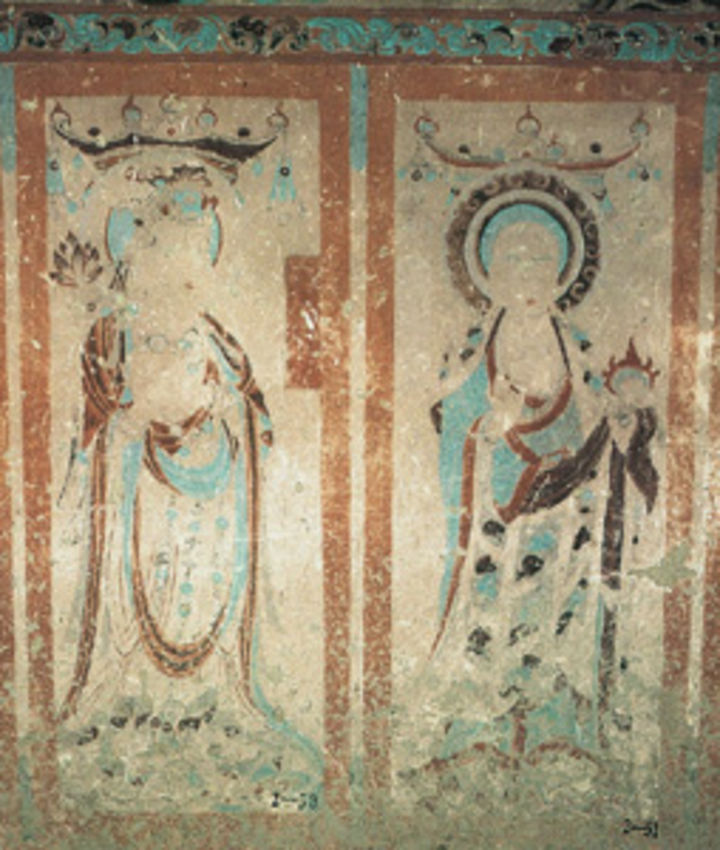Michelle Wang: "Uncovering Visual Evidence for the Gandavyuha in Tang China"

Abstract:
The earliest extant fully-fledged illustrations of the Gaṇḍavyūha in China are generally thought to have originated from the Northern Song Dynasty (960-1127), due to the destruction of the Buddhist persecution of the Huichang era (841-846). My talk will highlight evidence for images pertaining to the Gaṇḍavyūha dating to the late Tang Dynasty (late 9th to early 10th centuries) at Dunhuang, which are closer in historical chronology to the 9th century relief carvings of Borobudur in Central Java and which predate the 11th century mural paintings in the Main Hall of Tabo Monastery in Himachal Pradesh. Moreover, I will consider how such images relate to other Huayan paintings from Dunhuang, such as those pertaining to the Seven Locations and Nine Assemblies and the Ten Stages of Bodhisattvahood. Among other issues, how might we account for the rich variety of Huayan visual imagery during the Tang to Song Dynasties?
Speaker's Bio:
Michelle C. Wang is Assistant Professor in the Department of Art and Art History at Georgetown University, where she offers courses on Asian art history. Her current research focuses upon Buddhist art in China, particularly concerning esoteric and Huayan motifs at Dunhuang during the Tang Dynasty. She received a Ph.D. from the Department of History of Art and Architecture at Harvard University, M.A. from the Department of Art History at the University of Kansas, and B.A. from the Department of East Asian Languages and Civilizations at the University of Chicago. She has an article titled “Buddhist Art and Architecture of East Asia” forthcoming in the edited volume Blackwell Companion to East and Inner Asian Buddhism and is the author of the Oxford Bibliographies Online entry on “Buddhist Art and Architecture on the Silk Road.”